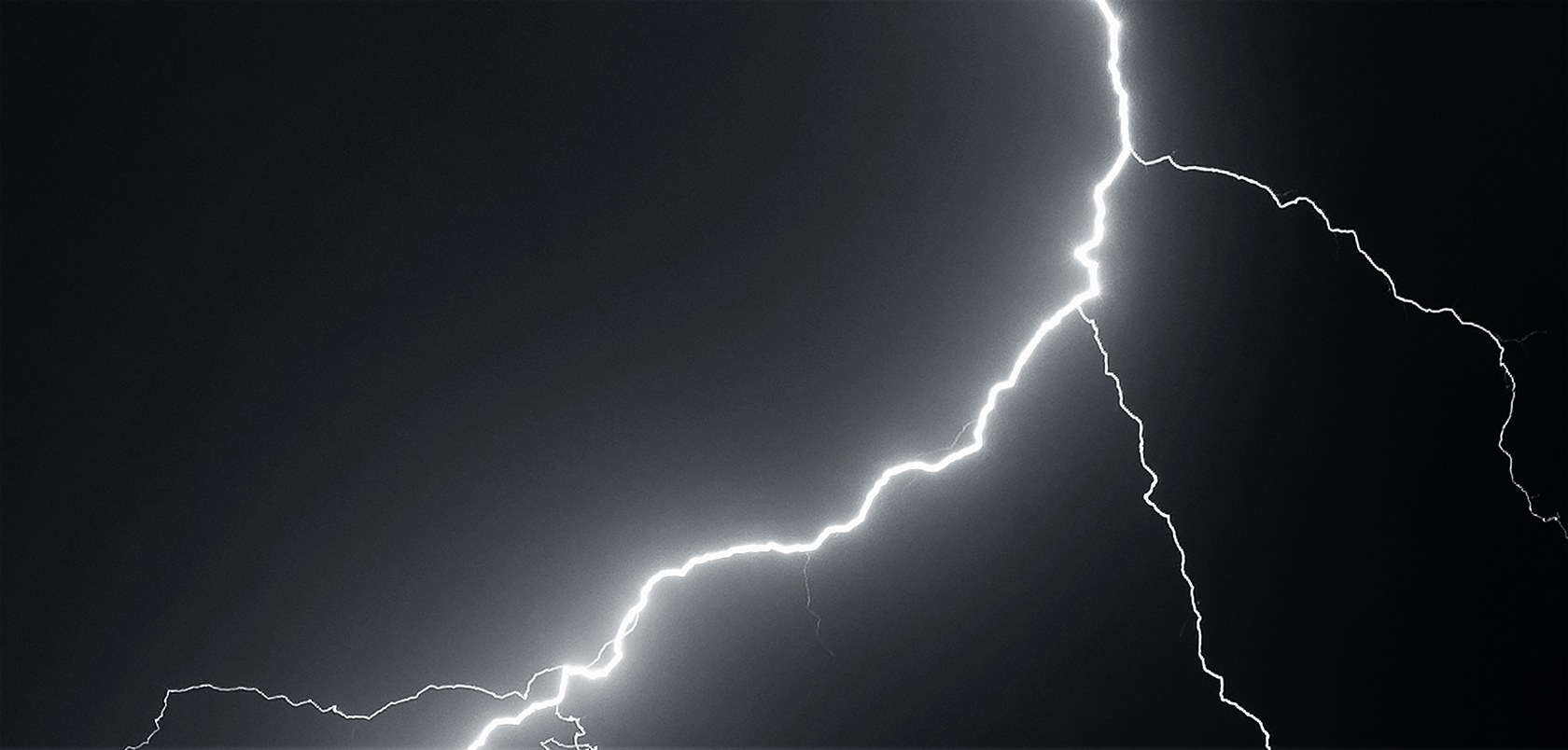Essay by Victoria Lynn
DISAPPEARING ACT
Disappearing Act Exhibition Catalogue, 2005
by Victoria Lynn
Four thousand years ago, camel caravans traversed the deserts of the Arabian peninsula in the directions of Rome and the Far East, carrying the sacred aromatic frankincense. This trade route is known as the Frankincense Trail, a zone where cultures and merchants have clashed and merged for millennia. Lynne Roberts-Goodwin’s journey through Oman, United Arab Emirates, Saudi Arabia, Jordan and Syria during 2003 and 2004 followed this famous trade route. She was perhaps in search of contemporary and historic encounters that exist beyond the carefully guarded national borders of today’s Middle East. Indeed, her photographic project, Disappearing Act, invokes a trail in transition.
Photographic images of the Middle East have been in circulation since the second half of the nineteenth century, when thousands of photographs were taken by keen travellers who followed the Orientalist painters to Egypt, Algeria, the Ottoman Empire and Morocco. Initially, the primary interest was in the architecture, and the human figure was used as a measure of scale. However, the Orientalist photographers soon took up portraiture, not so much with the intention of individual insight, but rather in the tradition of ethnographic documentation. As Mounira Khemir points out, the very word ‘desert’ impresses the western mind with images of solitude, retreat, meditation and serenity.[1] The ‘Orient’ is a place in the imagination of Westerners; an exotic destination that is made so by its relative inaccessibility, and the seemingly complete ‘otherness’ of its culture. Edward Said wrote extensively about orientalist perceptions of the Middle East, and their grounding in a racist ideology that sees the Islamic world as a colonial destination suspended in time.
It is perhaps with this tradition in mind, that the Australian war photographer Frank Hurley (1885–1962) made composite prints — where more than one negative has been used to create the photograph — during his official visits to Europe and the Middle East. Hurley’s compositions caused a certain degree of opposition within the Military. It was, nevertheless, his view that a synthetic image could best convey the powerful extremities of war and the harshness of life in a foreign country. Some of Hurley’s most compelling images are of the Bedouins in Jordan (undated, but probably during WWII). The images depict vast Bedouin camps as timeless entities: a man smoking a traditional pipe, another playing an instrument, horses kicking up the desert dust, a meeting of Bedouin sheiks.
Today, photographs of the Middle East appear daily in our newspapers, particularly from Iraq, Palestine and Israel. War photographers seek out the most horrific, or the most compromising moments for our consumption, and depending which newspaper or news channel you see, the point of view differs. But perhaps one of the most powerful sequence of images from the region in recent times are the digital pictures taken and staged by US military personnel in Baghdad’s Abu Ghraib prison in which Iraqi prisoners of war were ridiculed in humiliating and dehumanised positions. Judith Butler has commented that there is nothing journalistic about these images; no sense that a crime is being exposed. Rather, these images are couched, most shockingly, in terms of the ‘souvenir’.[2] The Andy Warhol Museum in Pittsburgh, USA, has recently exhibited the Abu Ghraib images in tandem with Warhol’s Electric Chair paintings, perhaps as a comment on America’s shame.
Within this complex context, the ability of Lynne Roberts-Goodwin to capture the modest gaze of contemporary Bedouins and their country during her own exploration of the Middle East is all the more remarkable. Yousef and Abdullah look at us in the most unassuming of ways. They are the boys who sell petrol along the Frankincense Trail. They stand in the landscape with a matter-of-fact ownership and knowledge of its vast red sandy terrain. They are Bedouins with a name, a face, contemporary clothing and a modern trade who criss-cross an ancient route, a desert, as if it is a busy part of the country. Yousef and Abdullah express to us that perception of place is in the mind and eye of the occupant. With this exhibition Lynne Roberts-Goodwin provides a counterpoint to both Orientalism and contemporary battle lines. She restores a human face to what has become a deep tragedy.
— Victoria Lynn
[1] The Orient in the Photographers’ Mirror from Constantinople to Mecca, Orientalism, Art Gallery of New South Wales, Sydney, 1997, p. 190.
[2] Judith Butler, cited in Louise Gray, The Power of Perspective, Art Review, November 2004, Vol LIV, p. 52.



